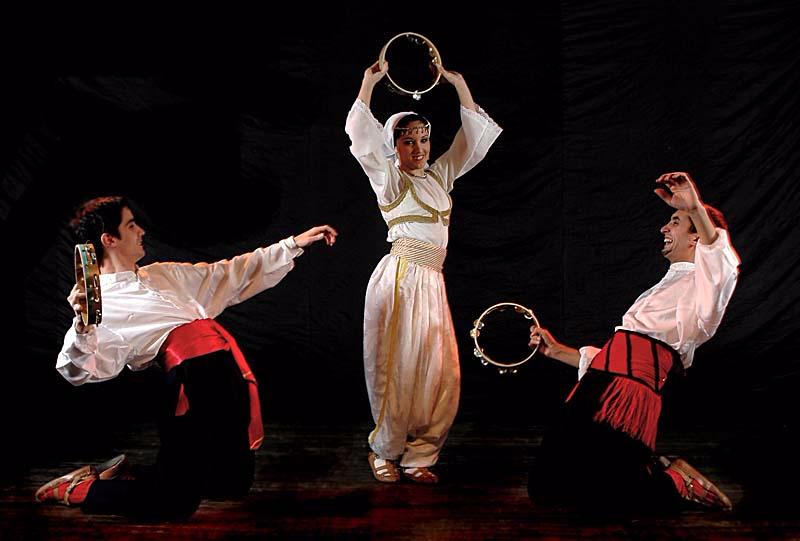politicalphishing.com – Serbian music and dance are integral parts of the country’s cultural heritage, deeply rooted in tradition and history. These art forms not only reflect the rich cultural tapestry of Serbia but also serve as a medium for expressing the nation’s identity and values.
Serbian Folk Music
Serbian folk music, known as “srpska narodna muzika,” encompasses a wide range of musical styles and instruments. This genre predates the newer forms of Serbian music and is characterized by its use of traditional instruments such as bagpipes, flutes, horns, trumpets, lutes, psalteries, drums, and cymbals. The music is often performed in a communal setting, celebrating various festivals and events, and serves as a vital link to the past, preserving the cultural heritage of Serbia.
Serbian Dances
Dancing in Serbia is predominantly represented by the “Kolo,” a traditional dance that originates from the Slavic word meaning ‘wheel’. The most popular form of Kolo is Kolo u šest koraka (Kolo in six steps), which is commonly referred to simply as “Kolo” in colloquial language. This dance is characterized by its laterally symmetrical movements, where whatever is danced to the right is repeated on the left. The Kolo is a symbol of unity and community, often performed in circles, reflecting the communal nature of Serbian society.
Conclusion
Serbian music and dance are not just forms of entertainment; they are expressions of the soul, deeply embedded in the cultural fabric of the nation. They serve as a bridge between generations, preserving the traditions and values of Serbia. Whether it’s the vibrant folk music that resonates through the streets or the lively Kolo dances that bring communities together, these art forms continue to play a crucial role in defining Serbian identity. As such, they remain an essential part of Serbian cultural heritage, cherished and celebrated by all.
